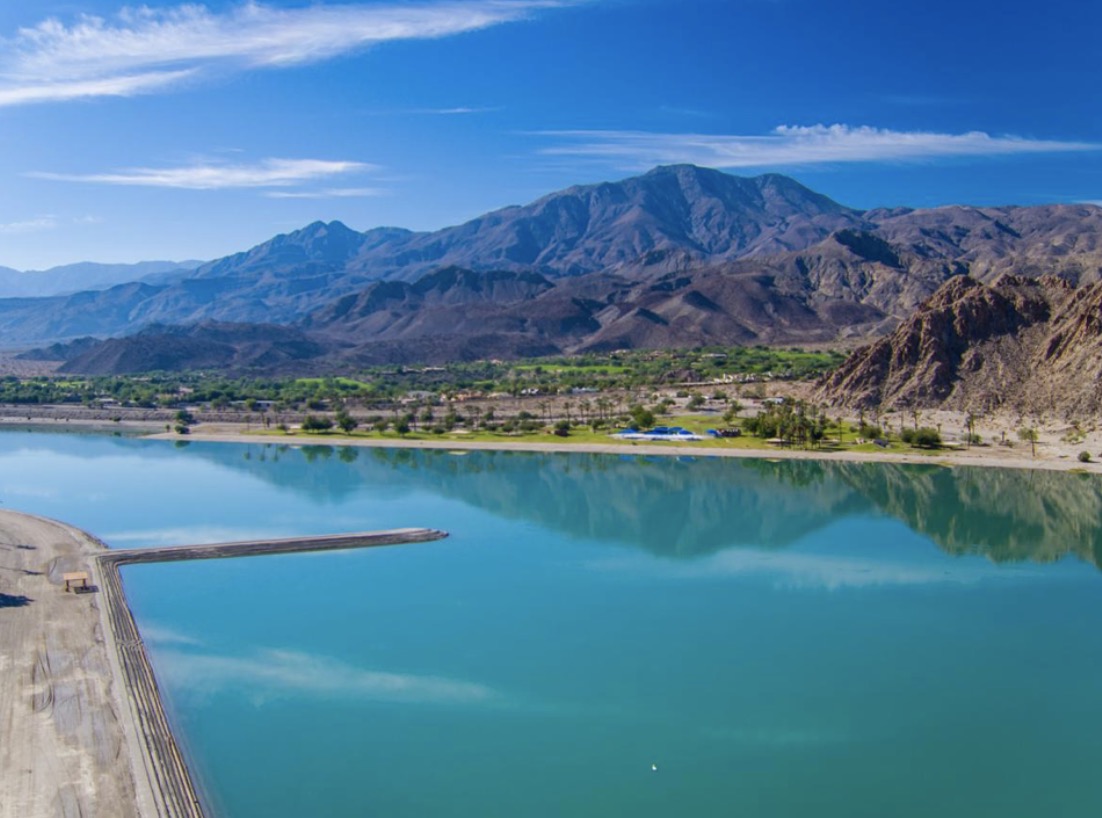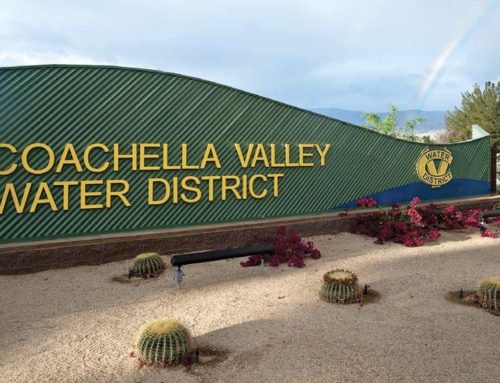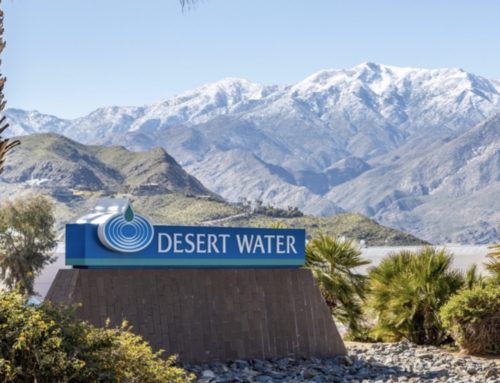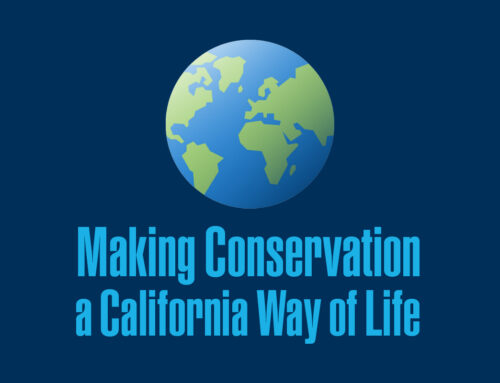With thousands of productive farm acres, hotels and resorts, golf courses, and significant commercial and residential growth, the valley’s diverse water needs are largely met by groundwater and imported water. The imported water is a significant portion of the water supply and helps conserve groundwater supply. Recreation is another great benefit of imported water.
Lake Cahuilla Veterans Regional Park is tied to the imported water stored there. The beautiful 710-acre park provides fishing in the 135-acre lake, hiking and horseback riding on nearby trails, swimming in a refreshing pool and other great experiences. While fishing is prohibited along the Coachella Canal and the Salton Sea fishery is dwindling, Lake Cahuilla is a popular fishing spot. Bass and catfish are stocked in the lake during warm months and trout are stocked during the cool months. The Riverside County Regional Park and Open Space District has an agreement with the Coachella Valley Water District (CVWD) to allow the public to use the park.
Park Fees
- Camping: $20-$40 per night
- Fishing: $10 per day for adults and $8 per day for children (up to 12 years old)
- Day Use: $6 for adults, $3 for children
- Pets: $2 each per day
The lake was constructed in 1969 to give the CVWD greater control over the flow of canal water into the valley. It takes water 24 hours to arrive in the Coachella Valley after being ordered from the Imperial Dam and the lake provides some flexibility when weather conditions and irrigation needs change unexpectedly.
The lake is 3/4 of a mile long and half that wide at its wide point. Averaging 10 feet deep, it holds approximately 1,300 acre-feet of water (433.6 million gallons), enough water to serve the City of Coachella for almost two (2) months. At the time of its construction, it was the largest soil cement lined reservoir in the world. The bottom of the lake was sealed with six inches of compacted soil cement to counter seepage.
While the Coachella Canal and its end point, Lake Cahuilla, were initially built to support agriculture, they now help meet the diverse needs of the valley including groundwater replenishment and recreation. In the future, they may provide a potential source of water to treat to drinking standards. Hopefully, when you visit the park, you’ll have a greater sense of appreciation for our imported water supply and its contribution to our Valley’s economic success, quality of life, and groundwater sustainability.
To make a reservation or learn more about the park, visit Lake Cahuilla’s website.






